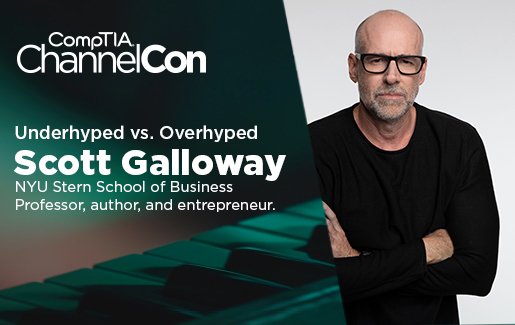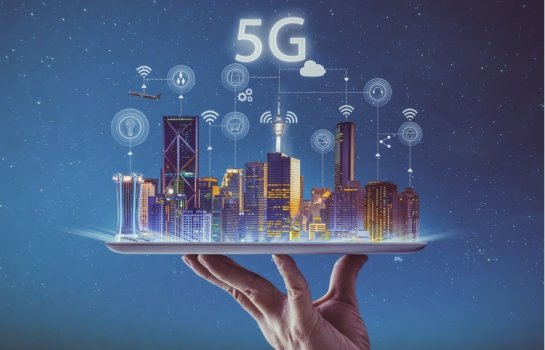10 Things You May Have Missed at ChannelCon 2022
- Events & Meetings
- 0 Replies
After a three-year absence, CompTIA’s ChannelCon conference was once again a live event, a much-anticipated return to in-person meetings, sessions and networking time. More than 1,000 CompTIA members attended 30+ sessions and visited more than 150 booths in the Technology Vendor Fair in downtown Chicago.
If you couldn’t attend this year—or even if you did—you may have missed something during the three action-packed days. Here's a list of 10 things you should know from ChannelCon 2022.
CompTIA Takes Over Downtown Chicago
For the first time since 2019, CompTIA members and partners were LIVE together to network, learn and hear about the latest tech trends—plus have some fun along the way. More than 1,000 attendees descended on downtown Chicago for ChannelCon 2022 for more than 30 sessions across Community, Biztech, Cybersecurity, and Vendor Education tracks.
“It is great to be back in person, to see old friends and old colleagues, to meet new solution providers, and to make great connections. Every day I got up early, learned what I had to learn, discussed new things, and you can’t do any better than that. I’m glad you guys are back,” said Nathan Archer, director of business development at A&H Technology Group.
Introducing… the North America Community
CompTIA's MJ Shoer, chief community officer, and Debbie Schildkraut, vice president, member engagement, welcomed members to the inaugural North America Community meeting at ChannelCon 2022.
The North America Community, representing Canada and the U.S., was created to better align technology businesses and professionals from around the globe with peers in their region of the world. The North America Community joins communities representing the United Kingdom and Ireland (UK&I), Australia and New Zealand (ANZ) and Belgium, the Netherlands and Luxembourg (Benelux). Each regional community includes topical industry committees in areas such as advancing tech talent and diversity, cybersecurity, emerging technology, and managed services.
“It’s all about making more opportunities available to our members,” said Schildkraut. “More opportunities for you to learn, more leadership opportunities, and more opportunities to grow your business.”
Learn more about the North America Community.
Continue reading: https://connect.comptia.org/blog/10-things-you-may-have-missed-at-channelcon-2022
If you couldn’t attend this year—or even if you did—you may have missed something during the three action-packed days. Here's a list of 10 things you should know from ChannelCon 2022.
CompTIA Takes Over Downtown Chicago
For the first time since 2019, CompTIA members and partners were LIVE together to network, learn and hear about the latest tech trends—plus have some fun along the way. More than 1,000 attendees descended on downtown Chicago for ChannelCon 2022 for more than 30 sessions across Community, Biztech, Cybersecurity, and Vendor Education tracks.
“It is great to be back in person, to see old friends and old colleagues, to meet new solution providers, and to make great connections. Every day I got up early, learned what I had to learn, discussed new things, and you can’t do any better than that. I’m glad you guys are back,” said Nathan Archer, director of business development at A&H Technology Group.
Introducing… the North America Community
CompTIA's MJ Shoer, chief community officer, and Debbie Schildkraut, vice president, member engagement, welcomed members to the inaugural North America Community meeting at ChannelCon 2022.
The North America Community, representing Canada and the U.S., was created to better align technology businesses and professionals from around the globe with peers in their region of the world. The North America Community joins communities representing the United Kingdom and Ireland (UK&I), Australia and New Zealand (ANZ) and Belgium, the Netherlands and Luxembourg (Benelux). Each regional community includes topical industry committees in areas such as advancing tech talent and diversity, cybersecurity, emerging technology, and managed services.
“It’s all about making more opportunities available to our members,” said Schildkraut. “More opportunities for you to learn, more leadership opportunities, and more opportunities to grow your business.”
Learn more about the North America Community.
Continue reading: https://connect.comptia.org/blog/10-things-you-may-have-missed-at-channelcon-2022
























